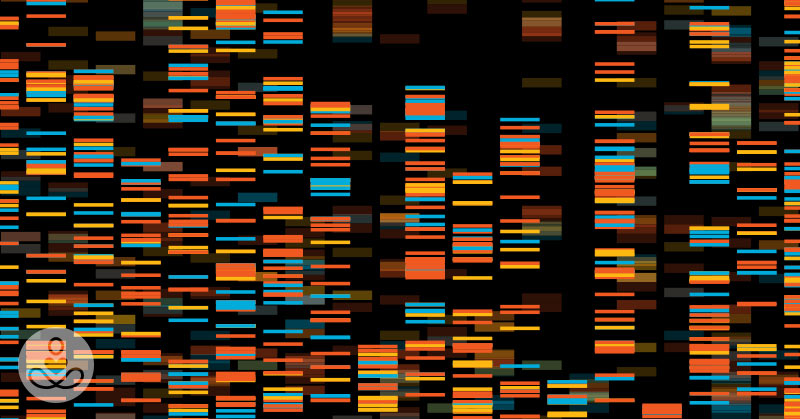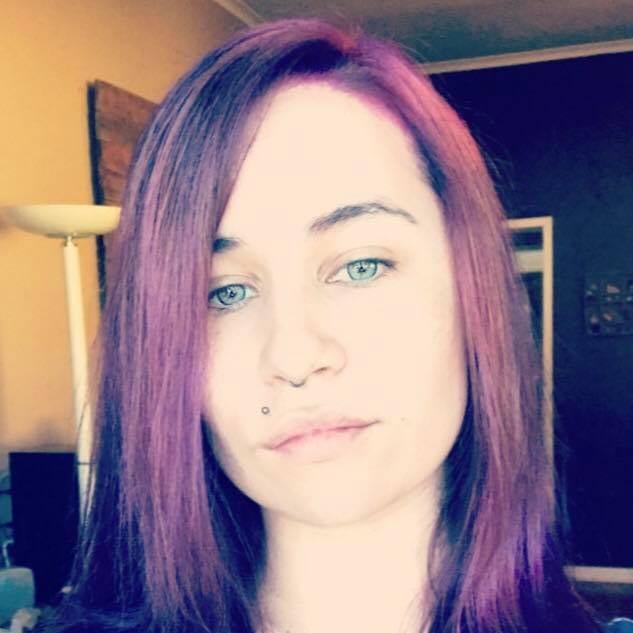When Darrell “Dusty” Crawford was in school in Montana, he was taught that his ancestors, the Blackfeet Nation, were some of the first people to step foot in America. Judging by his DNA analysis, his teachers might have been on to something.
On the wish of his dying brother, Crawford took a home DNA test to trace his family’s ancestor. Remarkably, the DNA company claims to have traced his ancestry back at least 55 generations with 99 percent accuracy, as reported by Great Falls Tribune.
For a person of strong Native American ancestry, that’s pretty impressive. The company, CRI Genetics, says this is the furthest back they’ve ever been able to trace anyone’s ancestry in the Americas, as the tests typically only give information about a recent handful of generations before it gets too diluted to trace.
Crawford had an unusually high percent of Native American DNA in his results, around 83 percent, with small amounts of European, East Asian, and South Asian ancestry mixed in. Remarkably, up to 73 percent of his Native American heritage was from the same lineage. The more mixed a person’s heritage, the harder it is to trace, so with high percentages like these, it narrows down the field considerably.
His mitochondrial DNA can be pinned down to the haplogroup B2, one of five haplogroups found among the indigenous peoples of the Americas. Mitochondrial DNA (mtDNA) is inherited through the maternal line, passed down from mother to child, and the woman who founded this B2 line lived sometime around 17,000 years ago. As far as we can tell, one of the earliest mtDNA haplogroups to reach the Americas was B2.
However, here’s where it gets a bit strange. The B2 lineage appears to have sprung up in the middle of America, near modern-day Arizona, but nowhere near Alaska or Canada, the main entry route into North America by ancient people. The most widely-accepted theory of how humans populated the Americas is that they crossed the Bering Strait, a land bridge that once existed between Russia and Alaska, towards the end of the Ice Age at least 16,500 years ago (although some researchers believe it was actually earlier than this). On the other hand, haplogroup B2 suggests a different story. While it originated in Arizona, it isn’t found in native Alaskan populations and it’s relatively uncommon in Canada. This hints that his ancestors may have actually migrated from the Pacific to South America and traveled upwards to modern-day North America.
“Its path from the Americas is somewhat of a mystery as there are no frequencies of the haplogroup in either Alaska or Canada. Today this Native American line is found only in the Americas, with a strong frequency peak on the eastern coast of North America,” CRI Genetics said, according to the Great Falls Tribune.
Of course, Crawford’s DNA is just one person’s, so it would be premature to reach any grand conclusions. Nevertheless, Crawford says he encourages anyone who has Native American ancestry to have a DNA test as it could provide some invaluable insights into our understanding of the history of people in America.

